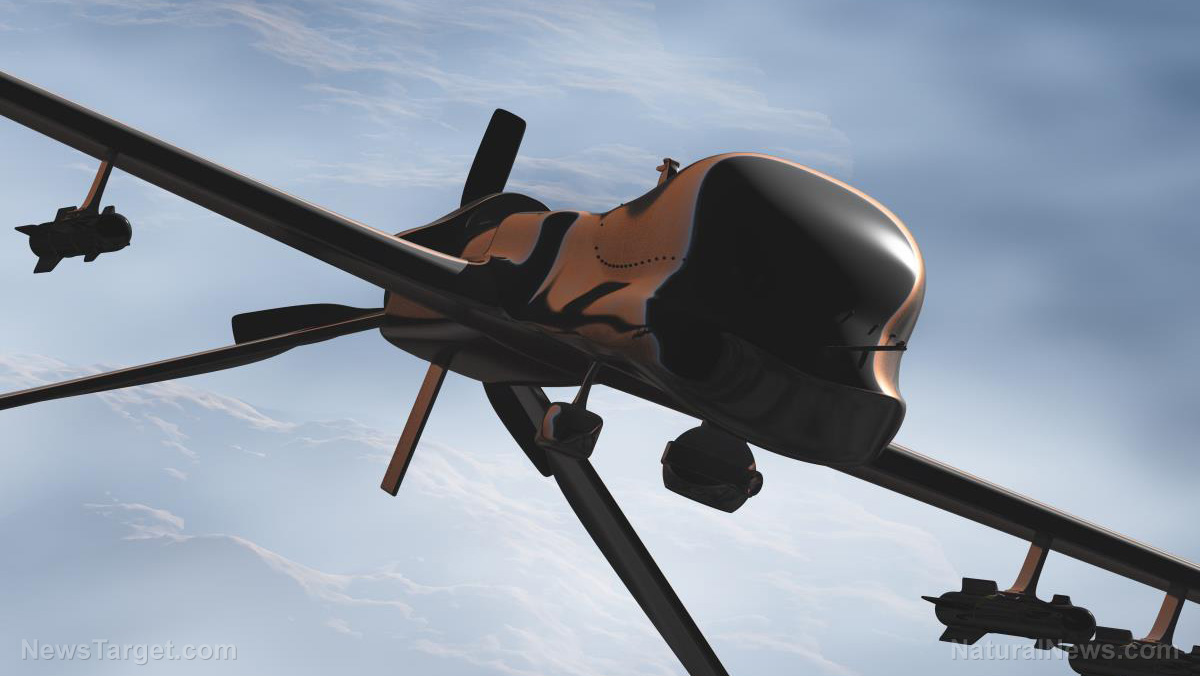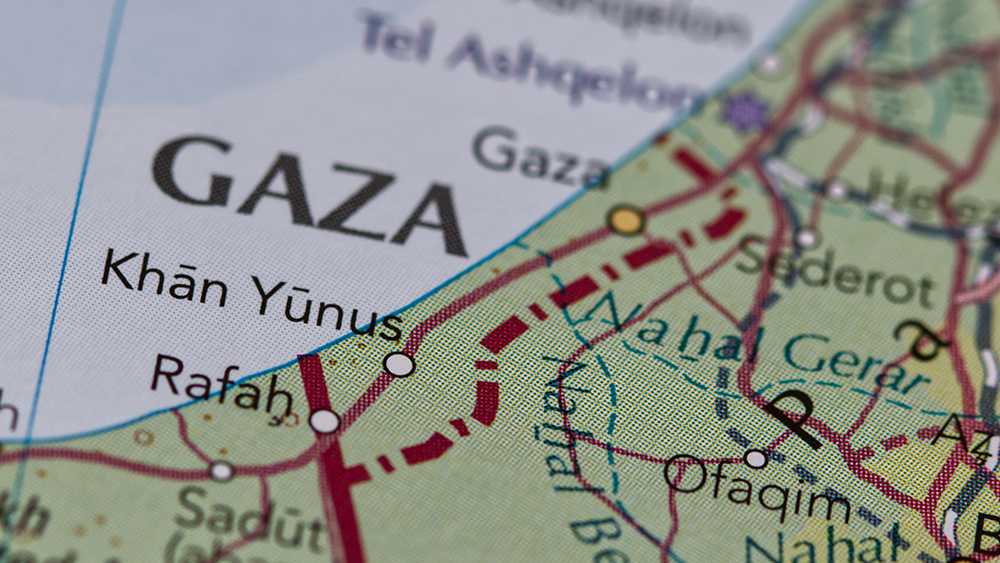
Additionally, the "unstoppable" kamikaze unmanned aerial vehicles (UAVs) can allegedly avoid Russian interception or jamming. The drones use image recognition to attack targets.
Ukraine claims the new autonomous systems being built into these drones will make them less vulnerable.
When the UAVs are one mile away from the target, a state-of-the-art AI system will take over to help the drone dodge electronic blockers and air defense systems to avoid jamming. The superdrone will then hone in on the target by itself using image recognition and strike.
Ukrainian Deputy Minister of Defense for Digital Development, Digital Transformation and Digitalization Kateryna Chernohorenko explained that the new autonomous system would make the drones far less vulnerable to being downed by Russia.
Chernohorenko, who heads Kyiv’s negotiations on drones, added that the hardest challenge for drones is "the last mile of engagement" because of Moscow's wide array of electronic warfare systems.
To address this, Ukraine's new AI-powered system will be "based on visual navigation." The drones will use "last-mile targeting" to home in on targets according to the image.
And since the operator isn't required for that last mile, pilots can safely be stationed further from the frontline.
The new drones are being developed as part of a "joint venture" with the United Kingdom. It is expected to cost a total of 1.2 billion British pounds ($1.49 billion). Around 200 million pounds ($249.14 million) is subsidized by Ukraine's Western allies.
We are building the infrastructure of human freedom and empowering people to be informed, healthy and aware. Explore our decentralized, peer-to-peer, uncensorable Brighteon.io free speech platform here. Learn about our free, downloadable generative AI tools at Brighteon.AI. Every purchase at HealthRangerStore.com helps fund our efforts to build and share more tools for empowering humanity with knowledge and abundance.
New Ukraine drones use AI "machine vision"
Noah Sylvia, a research analyst at the British defense think tank the Royal United Services Institute, called the AI system "machine vision."
The system is trained "to identify geography and the target it is navigating to." This allows drones to identify targets upon deployment, added Sylvia.
He added that since the AI system doesn't require communication with satellites, it is "completely autonomous."
Ukraine has pursued new technologies that could be applied to the battlefield cheaply and in large groups. This has turned Ukraine into an emerging world leader in drone production. Now, Ukraine is working on a line of efficient marine drones, including the renowned "Sea Baby," and killer kamikaze drones that provide operators with a first-person-view of what the drones are targeting. (Related: Ukraine’s experimental DRONE BOATS strike two Russian Navy ships in Crimea.)
In the past, Kyiv has used comparatively inexpensive homemade drones to destroy target Russian tanks on the battlefield or warships in the Black Sea, with each attack captured on camera.
Thanks to the success of its drone development, Ukraine is finally gaining a much-needed advantage over Russia with more precise weapons to destroy high-value targets hundreds of miles into enemy territory.
Maj. Gen. Vasyl Maliuk, the head of the Security Service of Ukraine, warned that Ukraine will continue to work "while the gas station country [Russia] continues to burn."
Earlier this April, footage showed the impressive moment a Ukrainian drone blitzed a Russian military facility located about 660 miles behind enemy lines.
The Ukrainian kamikaze UAV burst into a fireball after crashing into the plant in Yelabuga, Tatarstan, where relatively inexpensive Iranian-designed drones are allegedly manufactured for use in Ukraine. Panicked workers were also seen fleeing the site.
Days before the drone strike on Yelabuga, Ukraine used a barrage of drones and missiles to destroy one of Russia's largest mechanized charges since the start of the war. The attack allegedly destroyed 12 tanks in one day. The footage showed a column of 48 Russian tanks and fighting vehicles on the move while they were targeted by Ukraine's drone operators and ground forces.
Ukraine has also unveiled a new line of miniature suicide land drones that can allegedly navigate any terrain a jeep can. Kyiv released footage of the Ratel S, named the "Honey Badger," blowing up a bridge to stop Russian troops from advancing.
The unmanned ground vehicle is equipped with anti-tank mines and other explosive devices. It is used as a mobile warhead to obliterate enemy tanks, trenches or infrastructure.
Go to DroneWatchNews.com for more stories about drones used for warfare.
Watch the video below to find out why President Joe Biden allowing Ukraine to join the North Atlantic Treaty Organization (NATO) would be a mistake.
This video is from the NewsClips channel on Brighteon.com.
More related stories:
Israeli drone strike assassinates Hamas deputy leader in Beirut.
Emergency alerts issued on NATO territory following Russian drone attacks.
Israeli drone strike assassinates Hamas deputy leader in Beirut.
Sources include:
Please contact us for more information.




















